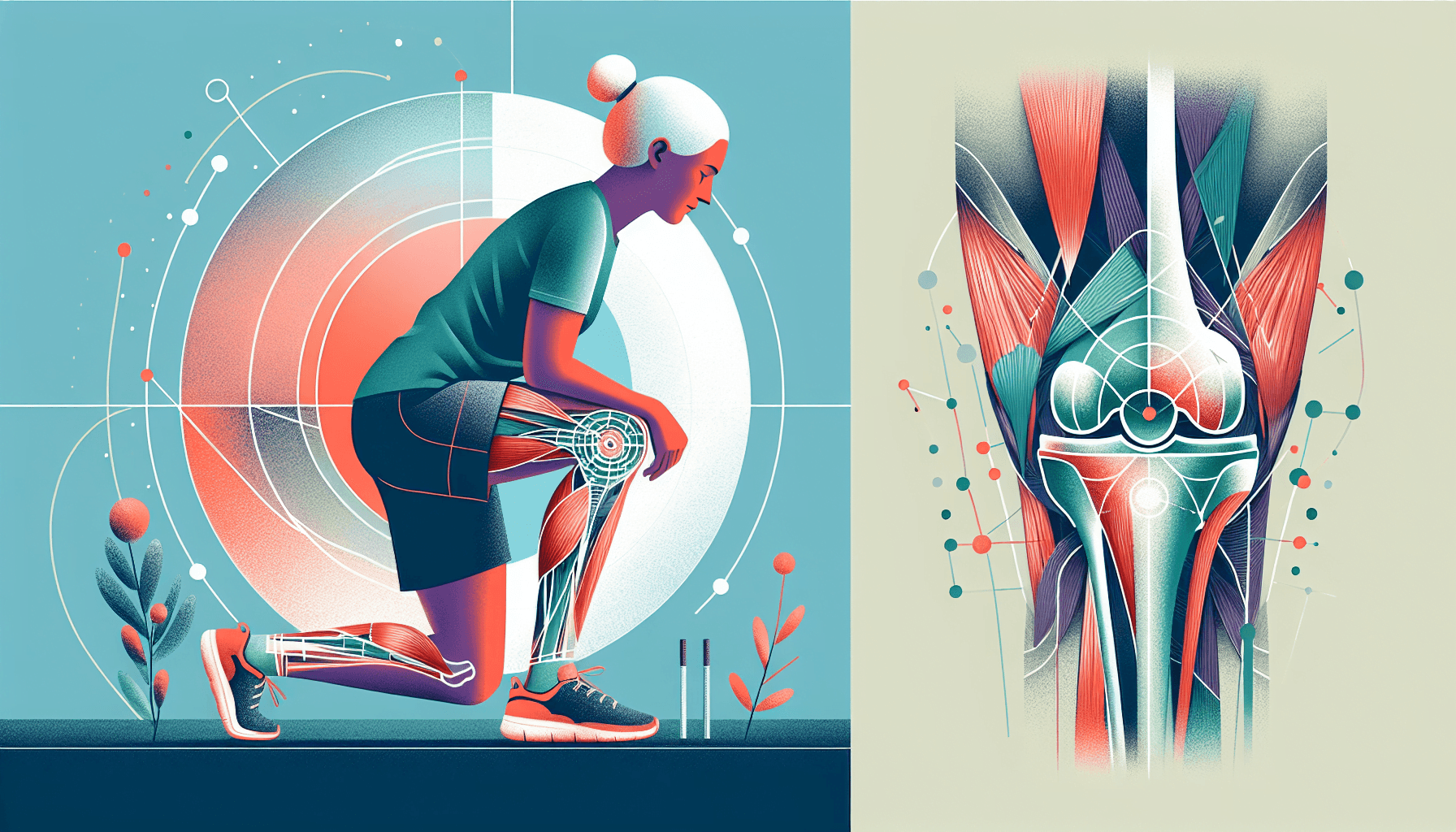Knee mobility is an essential aspect of our overall physical health and well-being. Whether you’re an athlete, a fitness enthusiast, or just someone who wants to move with ease and agility, improving knee mobility should be high on your priority list. In this article, we will explore some simple exercises that can help enhance knee mobility and keep your knees healthy and strong.
1. Quad Stretches
Stretching the quadriceps muscles can increase knee mobility and flexibility. One effective way to do this is by performing the standing quad stretch. Here’s how:
- Stand tall and maintain good posture.
- Grab your left ankle and gently pull it towards your glutes.
- Hold this position for 20-30 seconds while keeping your right knee slightly bent.
- Repeat with the other leg.
Performing quad stretches regularly can help improve the range of motion in your knees and reduce the risk of knee injuries.
2. Hamstring Stretches
The hamstrings play a crucial role in knee mobility. Tight hamstrings can restrict the movement of the knee joint and increase the risk of knee pain or injury. Here’s a simple hamstring stretch you can try:
- Start by sitting on the floor with your legs extended in front of you.
- Lean forward from your hips and reach towards your toes.
- Hold the stretch for 20-30 seconds while keeping your back straight.
- Repeat the stretch 2-3 times.
Regularly stretching your hamstrings can help improve knee mobility and maintain proper alignment of the knee joint.
3. Calf Raises
Strengthening the calf muscles can provide stability and support to the knee joint. Calf raises are a simple exercise that can help improve knee mobility and prevent knee pain. Here’s how to do them:
- Stand with your feet hip-width apart, near a wall or a chair for support.
- Raise both heels off the ground, lifting your body weight onto the balls of your feet.
- Hold this position for a few seconds, then lower your heels back down.
- Repeat the movement for 10-15 repetitions.
Performing calf raises regularly can enhance the strength and flexibility of the calf muscles, which in turn, can improve knee mobility. Visit our Issaquah clinic
4. Step-Ups
Step-ups are a functional exercise that targets the muscles around the knee joint, including the quadriceps and hamstrings. This exercise can help improve knee mobility and stability. Here’s how to do step-ups:
- Stand in front of a step or platform, making sure it is sturdy.
- Step one foot onto the platform and push through the heel to lift your body weight.
- Bring your other foot up onto the platform, then step back down with the same foot.
- Repeat the movement, alternating the leading foot.
Performing step-ups can strengthen the muscles around the knee joint, improving overall knee mobility and function.
5. Low-Impact Cardio
In addition to specific exercises, engaging in low-impact cardiovascular activities can also help improve knee mobility. Activities such as swimming, cycling, and using an elliptical machine can increase blood flow to the knee joint, promote flexibility, and strengthen the supporting muscles. These activities are gentle on the joints and minimize the impact on the knees.
Remember to start slowly and gradually increase the intensity and duration of your workouts. If you have any pre-existing knee conditions or injuries, it’s important to consult with a healthcare professional or physical therapist before beginning any new exercise routine.
Improving knee mobility is achievable with consistent effort and the right exercises. Incorporate these simple exercises into your fitness routine to maintain healthy knees and enjoy better overall physical performance.
If you are currently experiencing knee pain, consider seeking professional help for knee pain treatment.

